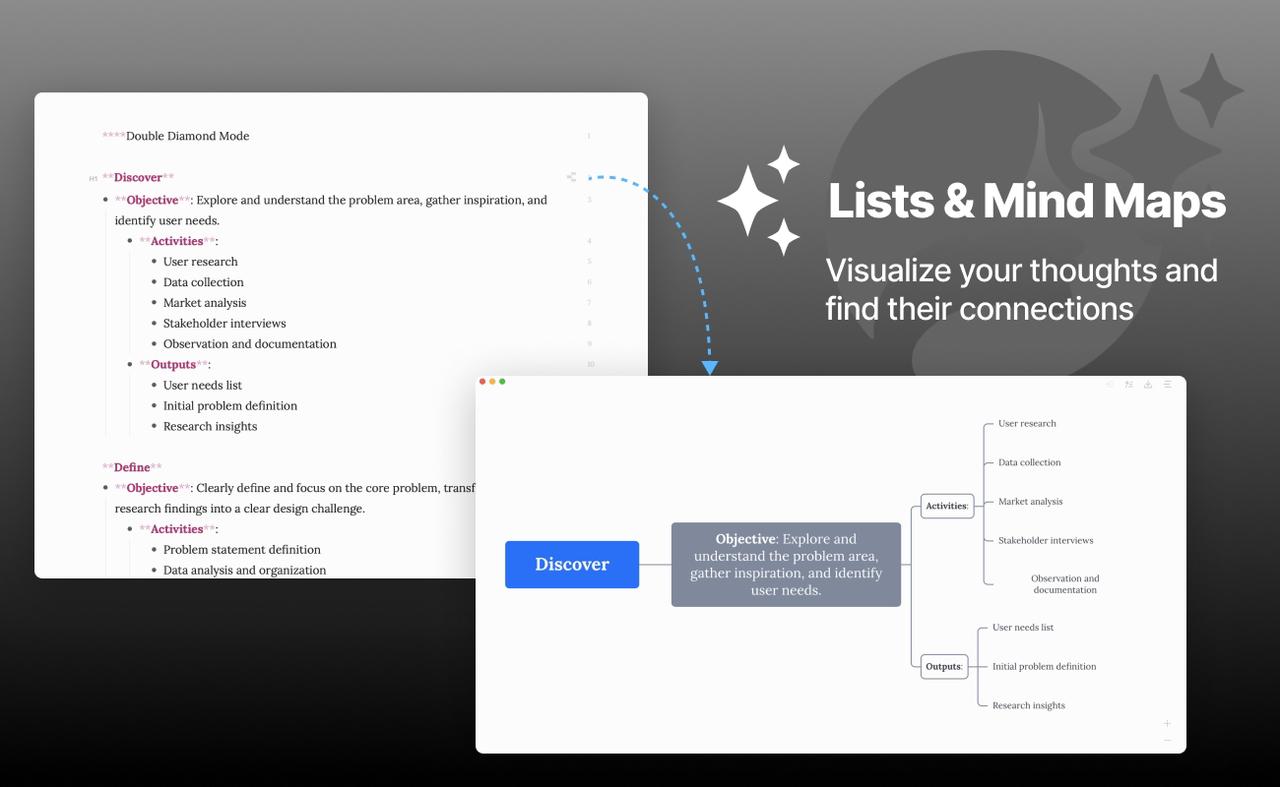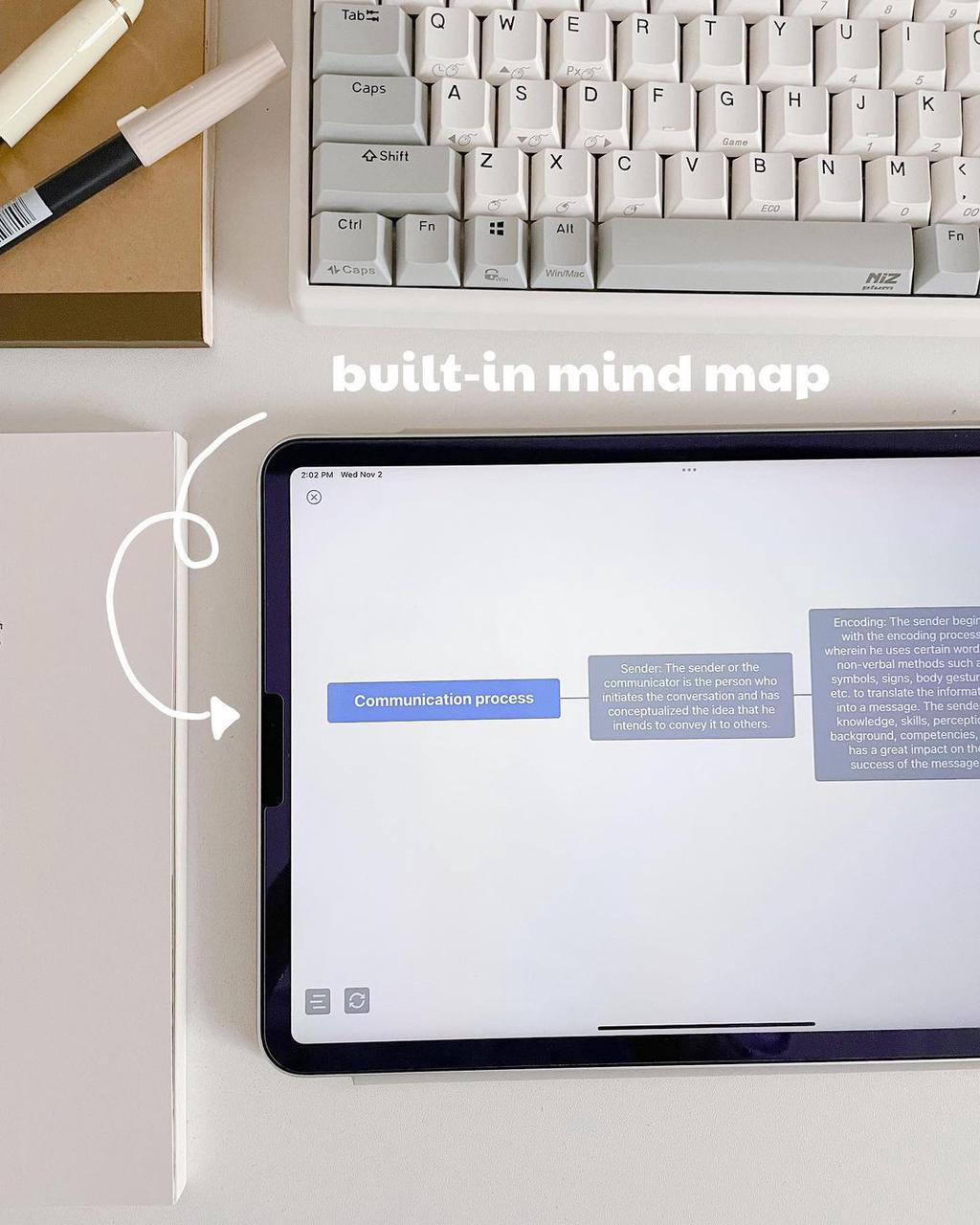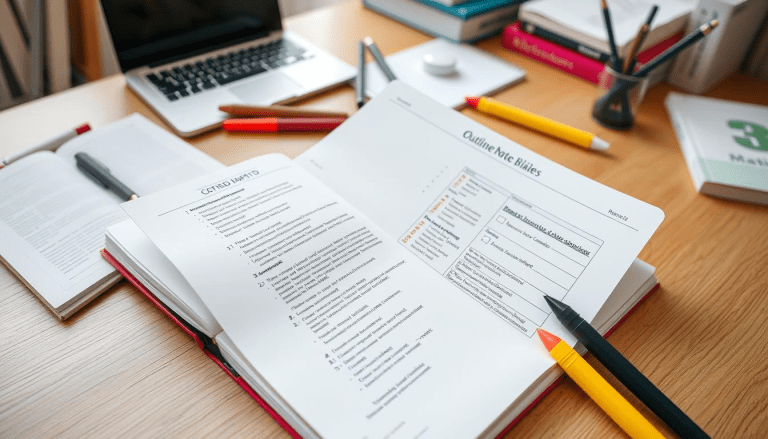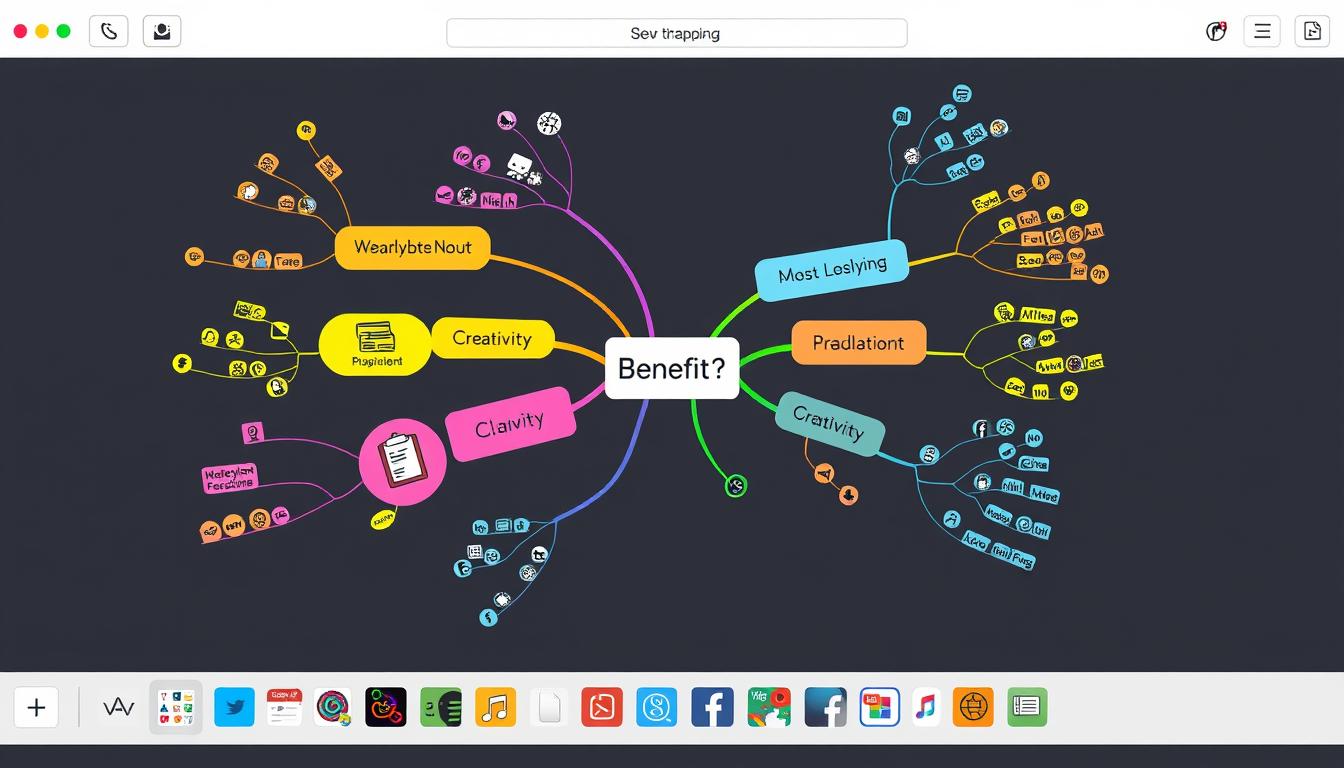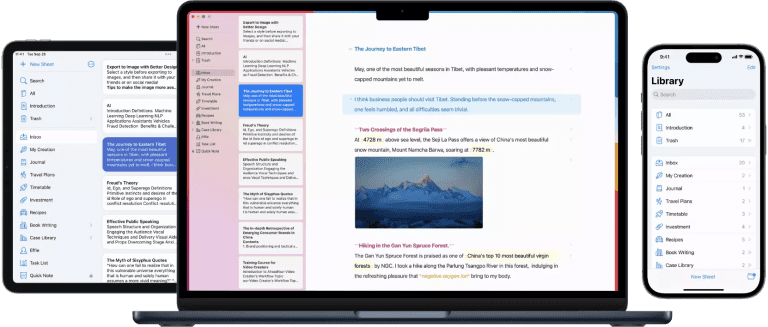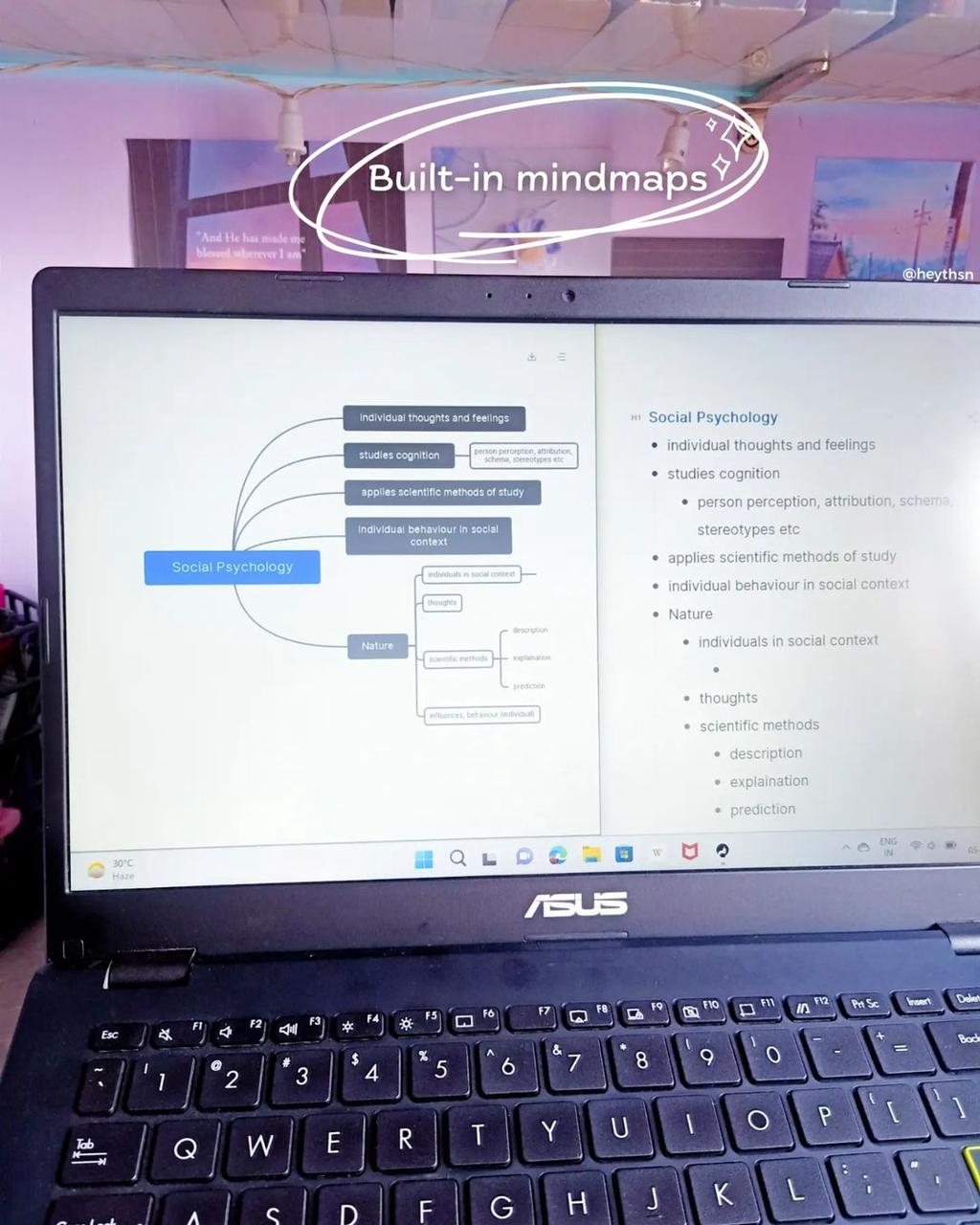How to Make a Note: Quick and Easy Tips
In our rapid-paced society, managing information is crucial. Effective note-taking proves valuable not just academically, but in all aspects of life. Whether you’re a student, professional, or simply aiming to stay organized, these suggestions can assist you:

Key Takeaways
- Find a note-taking method or tutorial on how to make a note that suits your individual learning style
- Try various note-taking techniques approaches to enhance productivity
- Organize your notes for easy access and better recall
- Use colors, symbols, and shorthand to streamline your note-taking process
- Combine physical and digital methods for a customized note-taking approach
Techniques and Tips for Effective Note-Taking
Consider these strategies to improve your note-taking skills:
Focus On Key Points
Record essential phrases and words instead of complete sentences. This allows you to capture main ideas swiftly without getting bogged down in specifics.
Take Notes in Your Own Words
Writing notes in your own words helps you understand and remember better. Don’t copy everything word for word. Instead, put the information into your own words. This makes you more engaged and helps you learn more.
Use Clear Organization
Implement headings, subheadings, and bullet points to structure your notes. This approach helps you grasp both the overall concept and specific details. Utilize formatting options to keep your notes well-organized and easily navigable. Effie is a powerful tool that helps you structure notes efficiently.
Use Color Coding and Symbols
Adding color and symbols to your notes can really help. Use different colors to mark important points or to connect ideas. Combining handwritten and digital methods creates a versatile and efficient system for locating, sharing, and organizing notes. Effie’s minimalist interface lets you add color coding and symbols effortlessly, enhancing your note-taking experience without distractions.
| Note-Taking Technique | Description | Benefits |
|---|---|---|
| Cornell Method | Uses a two-column format for main notes and cues. | Boosts listening, thinking, and review skills. |
| Mapping Method | Uses diagrams and maps to link ideas. | Great for visual learners and those who like a big-picture view. |
| Outline Method | Organizes notes in a structured format. | Best for those who like details and a clear, organized approach. |
Make Your Note-Taking Process Effective
Effective note-taking is all about simplicity. Start with basic tools like physical notebooks or apps like Google Keep or Apple Notes. Avoid complex systems initially; instead, find a method that works for you. Some tools offer a clutter-free environment for note-taking across various devices.
Choose Basic Tools to Start
Using a simple notebook or app helps you focus on the content. It keeps you away from distracting features. This way, you can develop a consistent note-taking process without feeling overwhelmed.
Create a Consistent Format
Organize your notes with clear headings and lists. This makes your notes easy to review and reference. It keeps you focused and helps you remember information better.
Capture Main Ideas
Organize your notes with clear headings and lists. This makes your notes easy to review and reference. It keeps you focused and helps you remember information better.

Use Abbreviations and Symbols for Efficiency
Develop a personal shorthand using common abbreviations and symbols (e.g., “e.g.” for “for example” or “→” for “leads to”). This ensures quick access to vital information, aiding decision-making and project comprehension. This makes your notes quicker and clearer. It helps you take better notes.
Out of 20 unique abbreviations and symbols, the focus is on making notes efficient and clear. The reader talks about 5 common abbreviations and their meanings. These include ‘↑’ for increase, ‘w/o’ for without, ‘$’ for dollars, and ‘∴’ for therefore.
The reader suggests making your own abbreviations for better note-taking. They introduce 3 symbols and their meanings. Use “→” for “leads to,” “%” for “percent,” and “°” for “degrees.” These symbols make your notes more efficient and clear.
Using abbreviations and symbols in note-taking has many benefits. They make the process faster and keep your notes concise and easy to read. With practice, you’ll get better at using these techniques. This will help you take better notes and remember information better. Effie’s note-taking tools also support the use of symbols and abbreviations, letting you create quick, efficient notes without complexity.
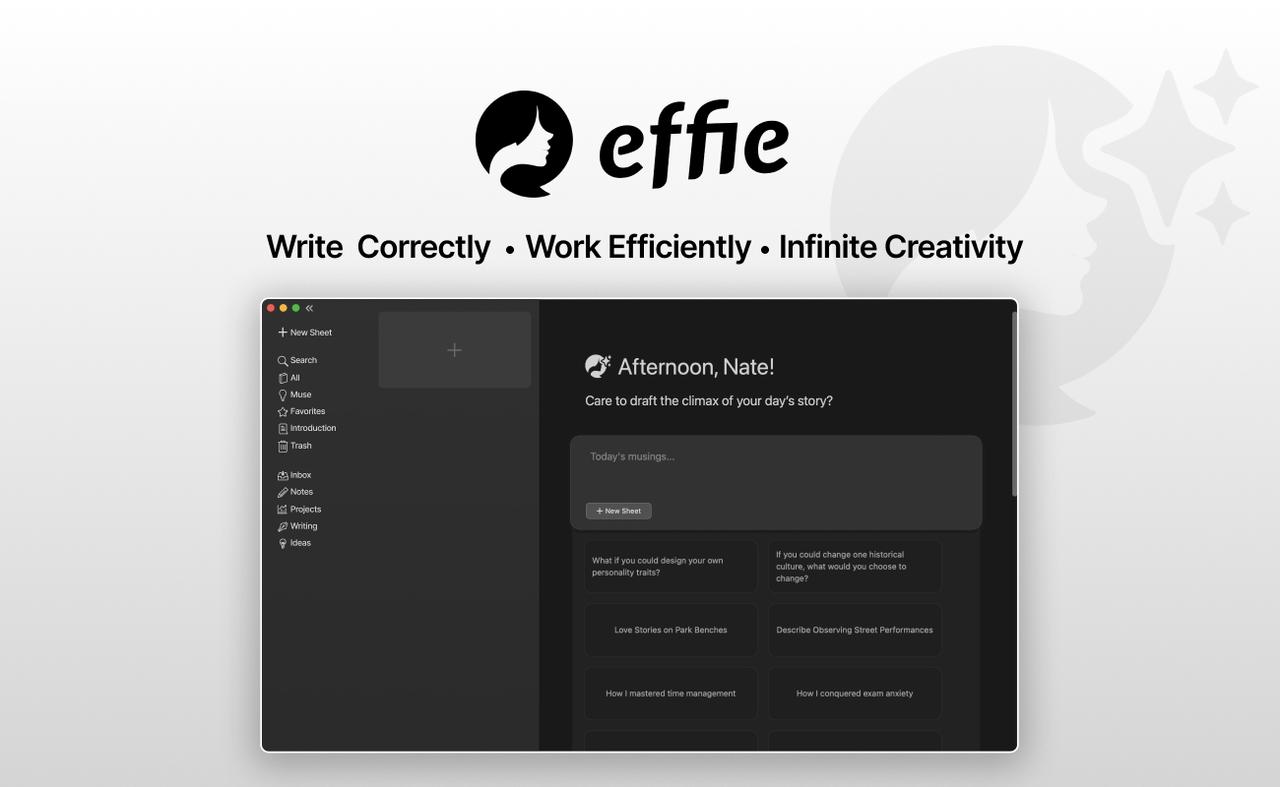
Separate Personal Insights from Source Material
When you start taking notes, it’s key to tell your thoughts apart from what you’re copying from others. This keeps your notes honest and lets you see your own ideas clearly. Use different fonts, colors, or labels to make your thoughts pop out from the rest.
Try setting aside a part of your notes for your own thoughts and analysis. This way, you can mix in relevant info from sources while keeping your own views separate. Use italics or a different color for your thoughts to make them easy to spot.
This method does a lot for you. It makes you think more deeply about what you’re reading. It also makes your notes easier to organize and expand on later. In the end, it helps you understand things better and more fully.
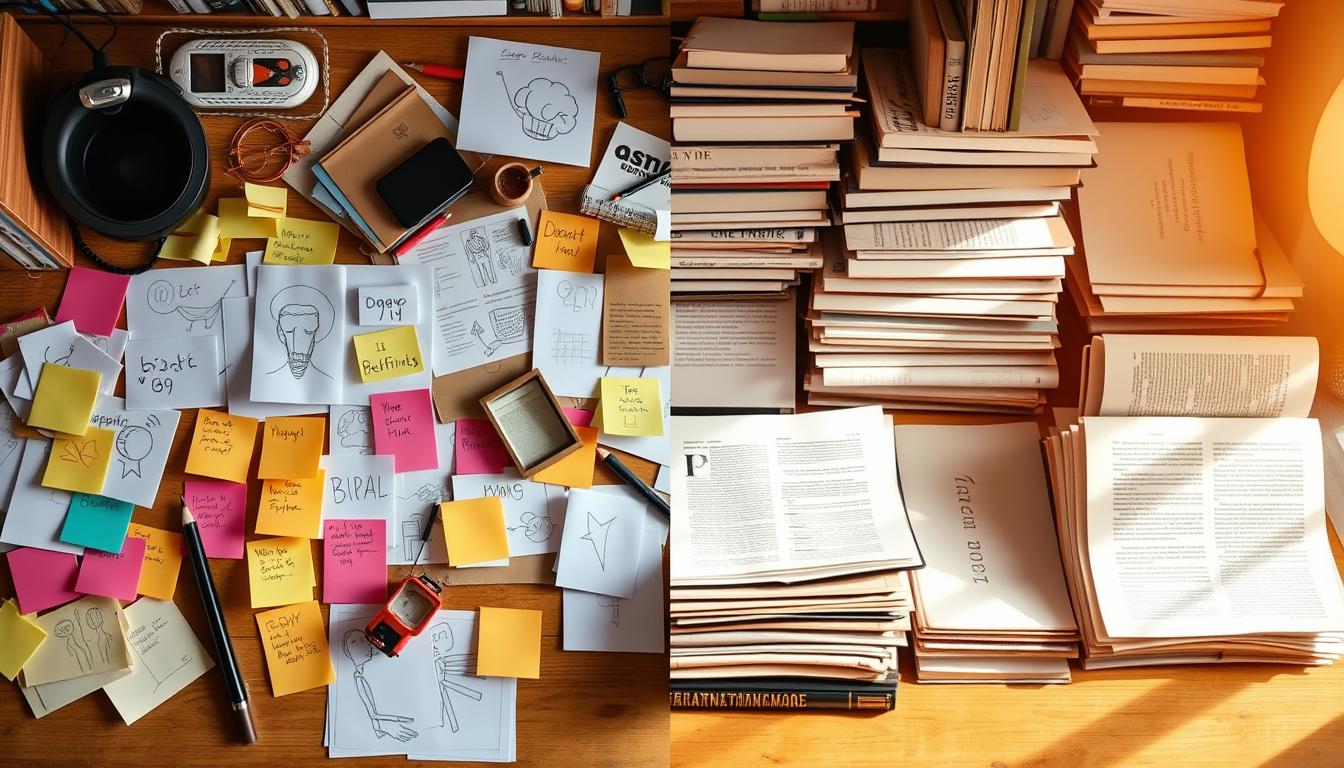
| Capturing Source Material | Integrating Personal Insights |
|---|---|
|
|
By doing this, you’ll make your notes better and more organized. You’ll also get better at thinking critically. This will make your engagement with the material more insightful and impactful.
Organize Your Notes by Topic or Project
Keeping your notes organized is key to tracking progress and finding past decisions. It helps you get the information you need quickly. By sorting your notes by topic or project, you can work more efficiently and be more productive.
Date Your Notes for Context
Add the date to your notes to provide context and help you track your progress or refer back to older information. This is very helpful for urgent topics or ongoing projects. Knowing when you made a note can give you important insights and help with making decisions.
Use Tagging in Digital Tools
If you use digital note-taking tools, apply broad and relevant tags or keywords to your notes. This makes finding specific information easy without cluttering your system. Use search, filtering, and sorting to find your notes quickly. Organizing your notes well lets you use your documentation to its fullest.

Maintain Simplicity in Formatting and Review
Effective note-taking means keeping things simple. Use bold, italics, and bullet points sparingly. This makes your notes easy to read and scan. It helps you stay focused on the content, not the formatting.
Also, make time to regularly review and refine your notes. This strengthens your understanding of the material. It helps you keep information and spot areas that need more work or clarity.
- Stick to a simple, consistent formatting style in your notes.
- Choose readability over complex layouts.
- Check your notes often to see where you can improve.
- Try different techniques and tools to find what works best for you.
- Balance using both analog and digital methods for note-taking.
| Formatting Technique | Benefit |
|---|---|
| Bullet points | Make your notes easier to read and organize |
| Selective use of bold and italics | Helps highlight important points and ideas |
| Consistent heading styles | Make your notes easier to navigate and organize |
| Minimal color coding | Adds interest without getting in the way of the content |
By keeping your note-taking simple, you create a system that works well. It lets you focus on the main ideas without getting lost in details.

how to make a note: Integrate Offline and Online Methods
To get the most out of your note-taking, mix physical and digital tools. Start by taking initial notes by hand. This keeps you focused and helps you remember better. It also lets you organize and format your notes in a way that feels personal. Then, transfer your key points to a digital format like a note app or document.
- Maintain focus and engagement with handwritten notes
- Digitize key points for searchability and organization
- Leverage the advantages of both offline and online effective note-taking strategies
This mix of methods lets you consider combining physical and digital note-taking for maximum flexibility. Write down your first notes by hand to stay focused. Then, move your important points to a digital format for easy access and search.
Conclusion
Implementing these method can enhance your productivity. Experiment with different techniques to find your ideal approach with productive note-taking.
Don’t use clichés like “in summary.” Instead, restate your main point and highlight your key points. Adding quotes or examples can make your conclusion more engaging and relatable.
A good conclusion can greatly affect how your readers feel about your work. Use strategies like the “So What” game to make your conclusion stand out. Avoid just restating your thesis. Instead, connect back to your introduction or add new insights to make your writing more effective.
A good conclusion can greatly affect how your readers feel about your work. Use strategies like the “So What” game to make your conclusion stand out. Avoid just restating your thesis. Instead, connect back to your introduction or add new insights to make your writing more effective.
FAQ
What are the benefits of effective note-taking?
It helps you remember things better. By creating a system that works for you, you can understand and keep information longer. This can also improve your work or school performance.
What are some quick and easy tips for making effective notes?
To make great notes, focus on key words and phrases. Try to say things in your own words. Use headings and lists to organize your notes. Color coding and symbols can also help highlight important points.
How can I simplify my note-taking process?
Start with simple tools like notebooks or basic apps. Keep your note-taking style consistent. When concluding, avoid overused phrases. Instead, emphasize key points.
How should I organize my notes for better retrieval and review?
Organize your notes by topic or project. Make sure to date them for context. Use tags or keywords in digital tools to find information easily.
What are some tips for maintaining simplicity in my note-taking format?
Keep your notes simple with minimal formatting. Use bold, italics, and bullet points. Set aside time to review and refine your notes regularly. This helps solidify your understanding.
How can I integrate offline and online note-taking methods?
Mix physical and digital note-taking for flexibility. Write initial notes by hand to stay focused. Then, move important points to a digital format for easy access.
Source Links
- Techniques and Tips for Listening and Note Taking – https://www.student.unsw.edu.au/notetaking-tips
- Keep Your Note-Taking Super Simple With These 13 Tips – https://medium.com/practice-in-public/keep-your-note-taking-super-simple-with-these-13-tips-10c936d44dd5
- Effective Note-Taking in Class – Learning Center – https://learningcenter.unc.edu/tips-and-tools/effective-note-taking-in-class/
- 3 Effective Note-Taking Methods | Connections Academy® – https://www.connectionsacademy.com/support/resources/article/3-tips-effective-note-taking-methods/
- How to take notes and study smarter – https://www.murdoch.edu.au/news/articles/the-art-of-note-taking-what-s-really-most-effective
- 3 note taking styles to simplify study time | Drawboard – https://www.drawboard.com/blog/3-note-taking-styles-to-simplify-study-time
- Note-taking | Center for the Advancement of Teaching Excellence – https://teaching.uic.edu/cate-teaching-guides/inclusive-equity-minded-teaching-practices/note-taking/

